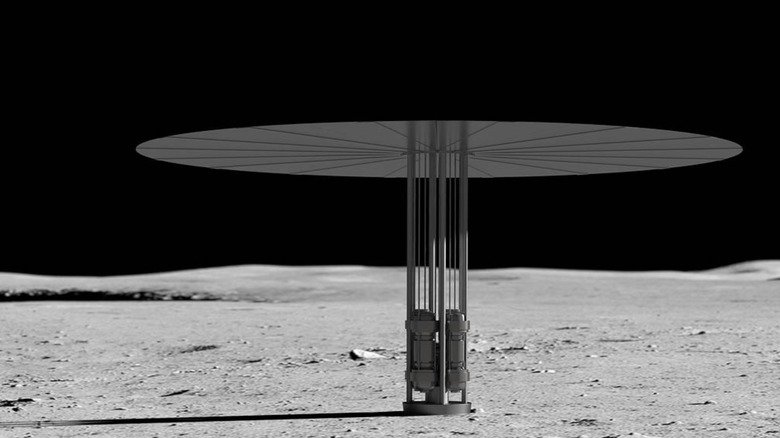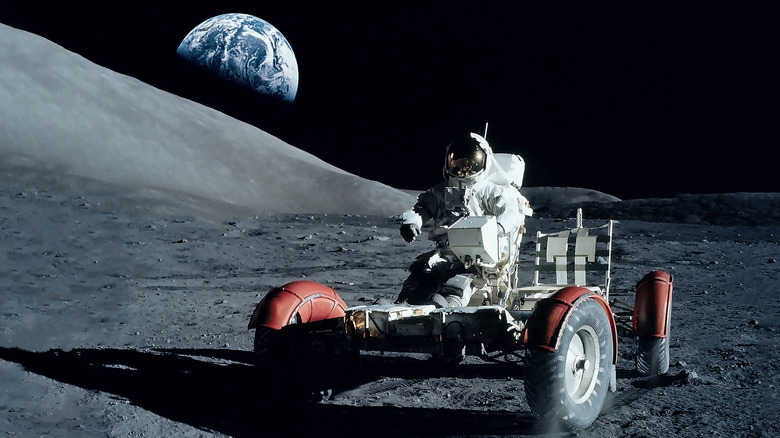China Inching Closer To A Nuclear-Powered Base On The Moon
China is really ramping up its efforts to build a base station on the moon. In December last year, South China Morning Post (SCMP) reported that authorities in charge of the country's space program have moved up the tentative deadline for a lunar station by seven years, with the new target falling somewhere around 2027. Now, fresh reports coming out of China suggest that the country is aiming to build a base station on Earth's sole natural satellite by 2028. In fact, according to The Eurasian Times, it will likely be powered by nuclear energy.
Building a base station on the moon sounds ambitious in itself, but powering it using a remotely controlled nuclear energy generation system is something truly aspirational and has only existed in the realms of science fiction. According to a recent SCMP report, the nuclear power system is designed to be capable of generating 1 megawatt of electrical power.
Two scientists working on the project told the agency that designs for a prototype version of the machine had been created and some parts had even already been built. The raw power generation capacity being talked about is massive. For comparison, NASA, in collaboration with the Department of Energy, has awarded contracts for three design concepts to build a fission-style nuclear reactor that can generate 40 kilowatts of energy (about 4% of China's planned output) and can last for at least 10 years in lunar conditions.
Preparing for a crewed mission in the next decade
The nuclear reactor being developed by Chinese scientists has an umbrella-like folding design to dissipate the excess heat energy into the surrounding space, while liquid lithium will be used as a coolant, according to The Eurasian Times. However, the functional design schematics for a nuclear power generation system on the Chinese lunar station have not yet been finalized.
Compared to conventional sources like chemical energy and solar cells, nuclear energy is perceived to be the most viable energy source for sustaining life support systems, juicing up the rovers, and mining resources toward long-term exploratory missions, like those planned for the Artemis project. NASA is currently eyeing a system that couples a nuclear reactor with a Stirling engine for future missions to the moon and, eventually, Mars.
But China is not stopping at building an uncrewed lunar station, as that would only serve as the foundation stone of putting Chinese astronauts on the moon. "(We) hope our astronauts will be able to go to the moon in 10 years," said Wu Weiran, chief designer of China's lunar exploration program (via Caixin). NASA, on the other hand, is planning to send a crew to the Moon with the Artemis II moon mission, which currently has a tentative launch timeline of 2024.

